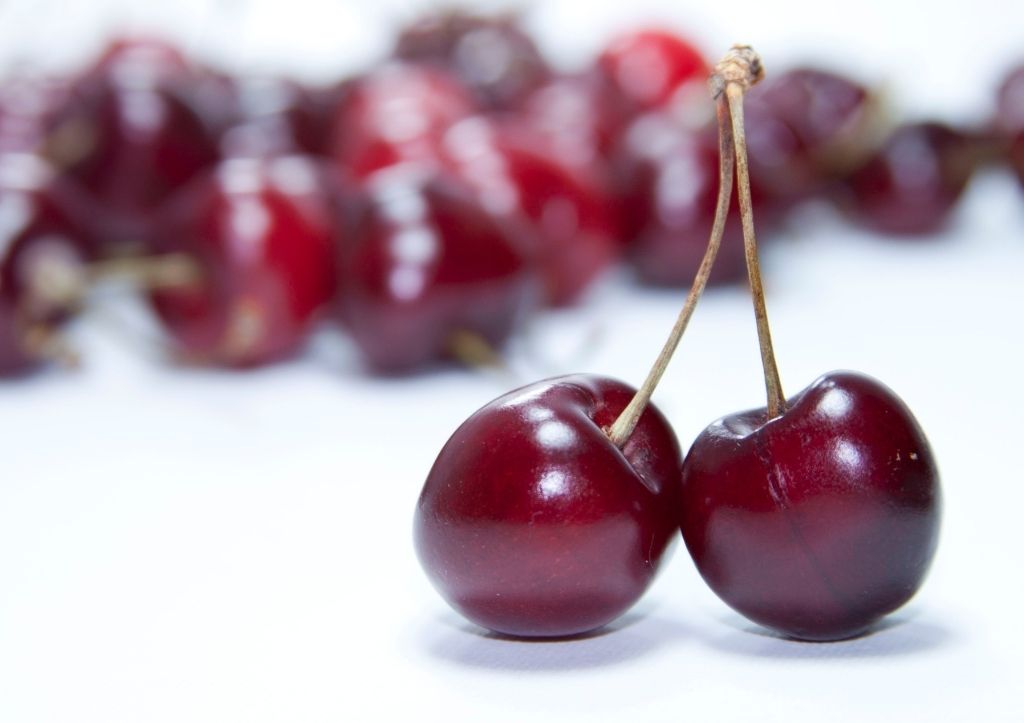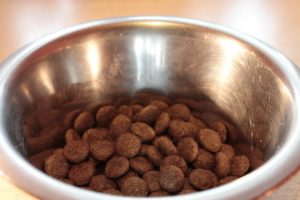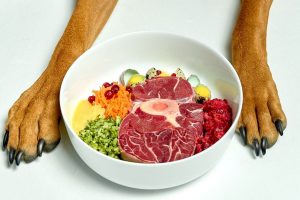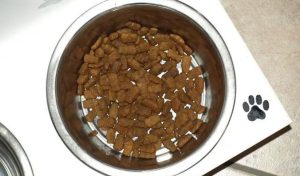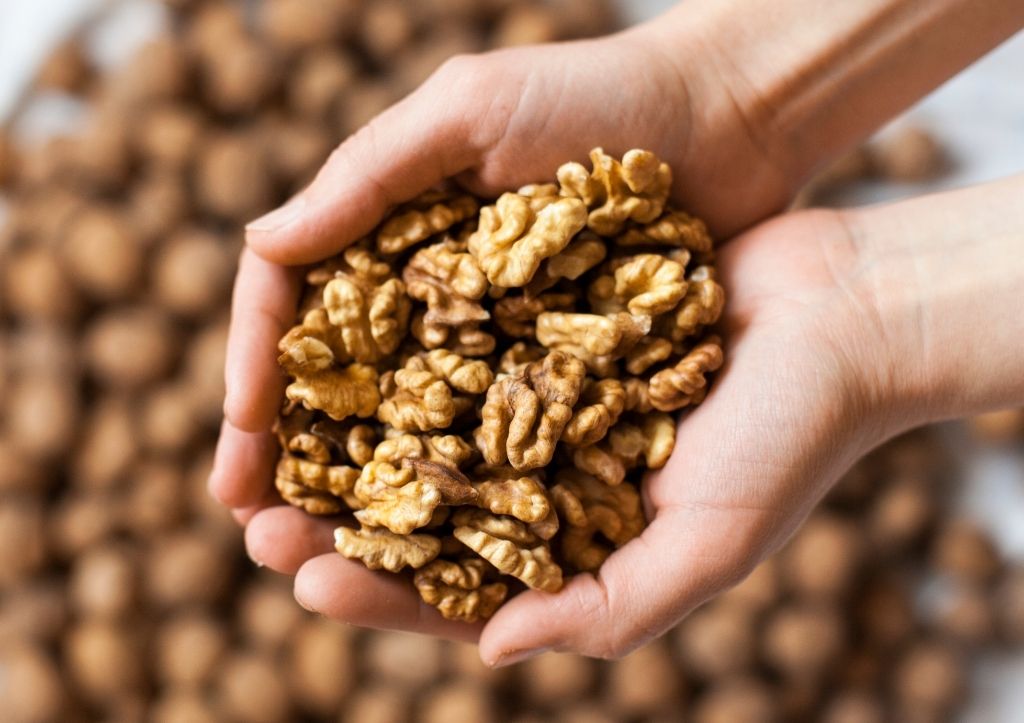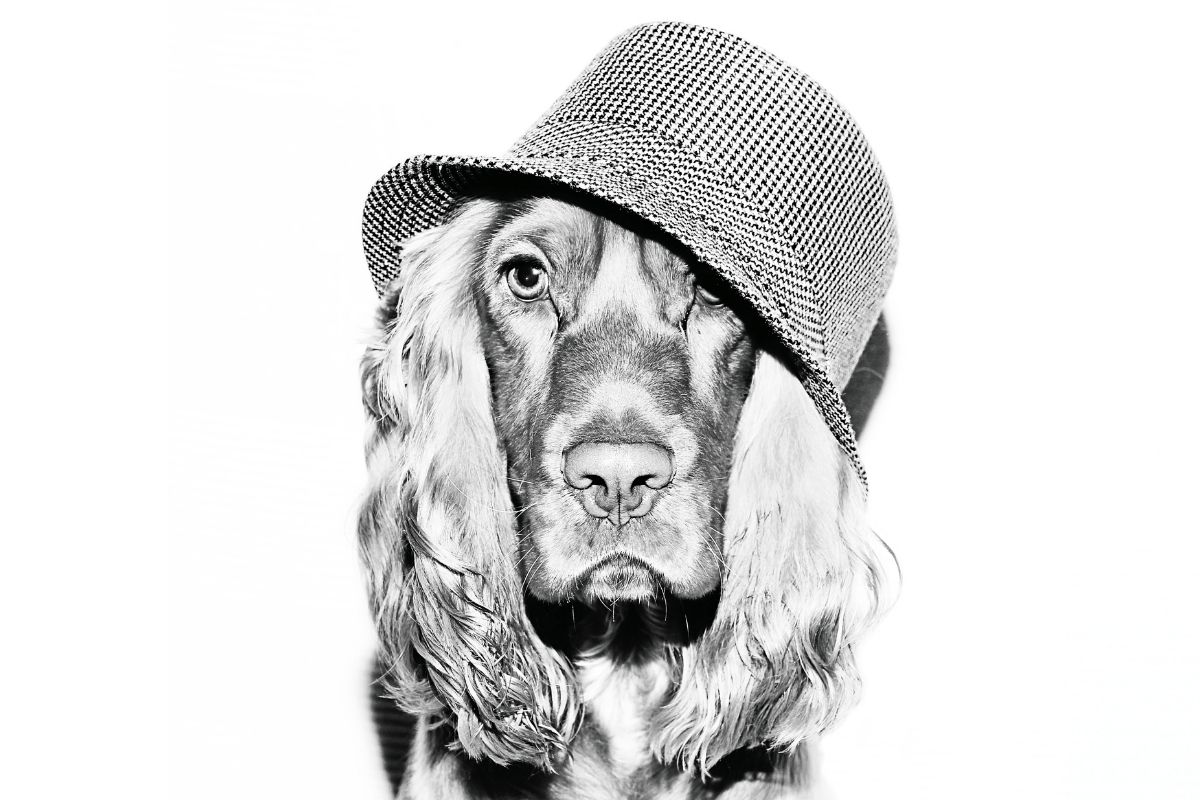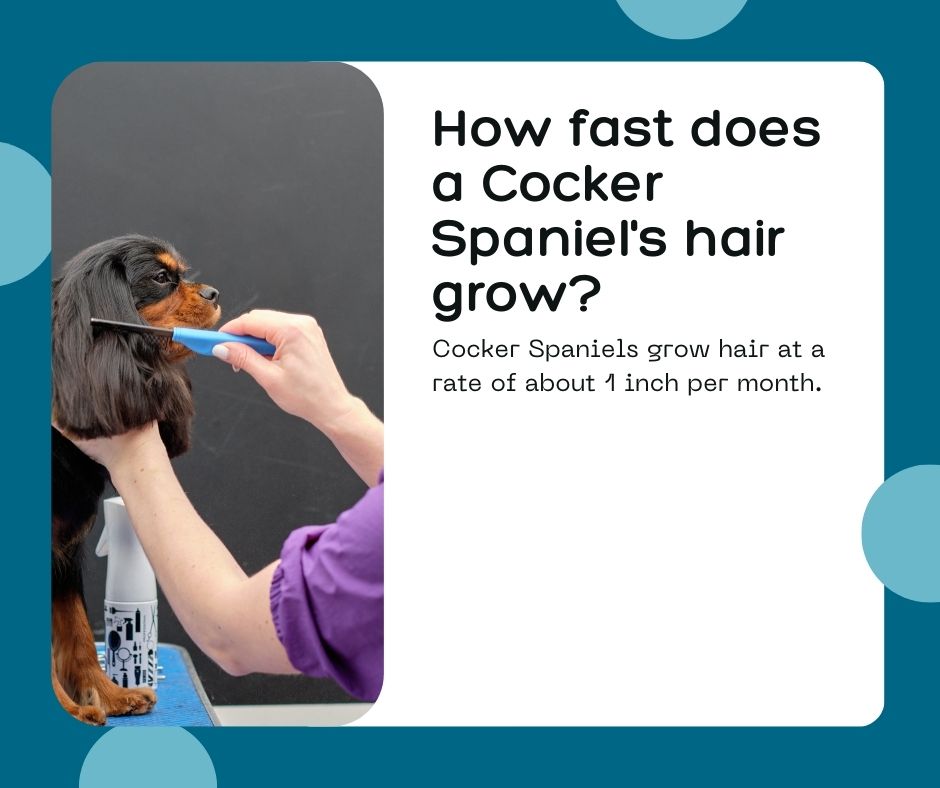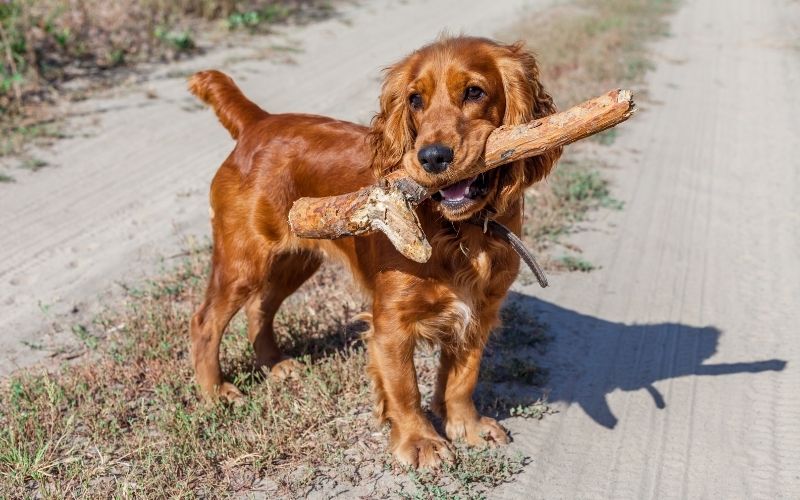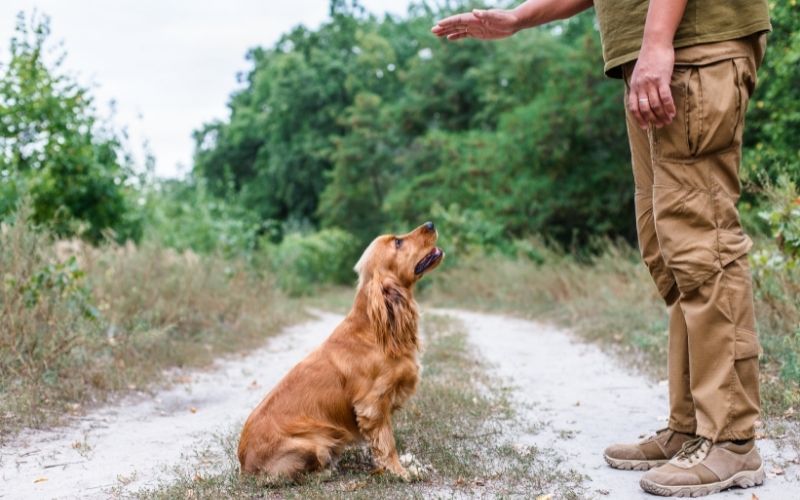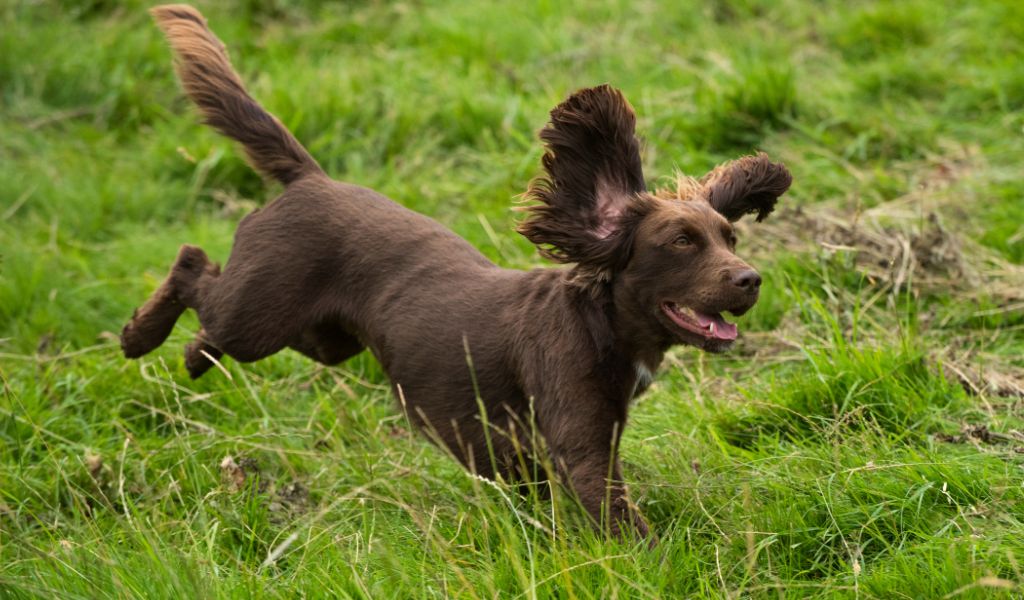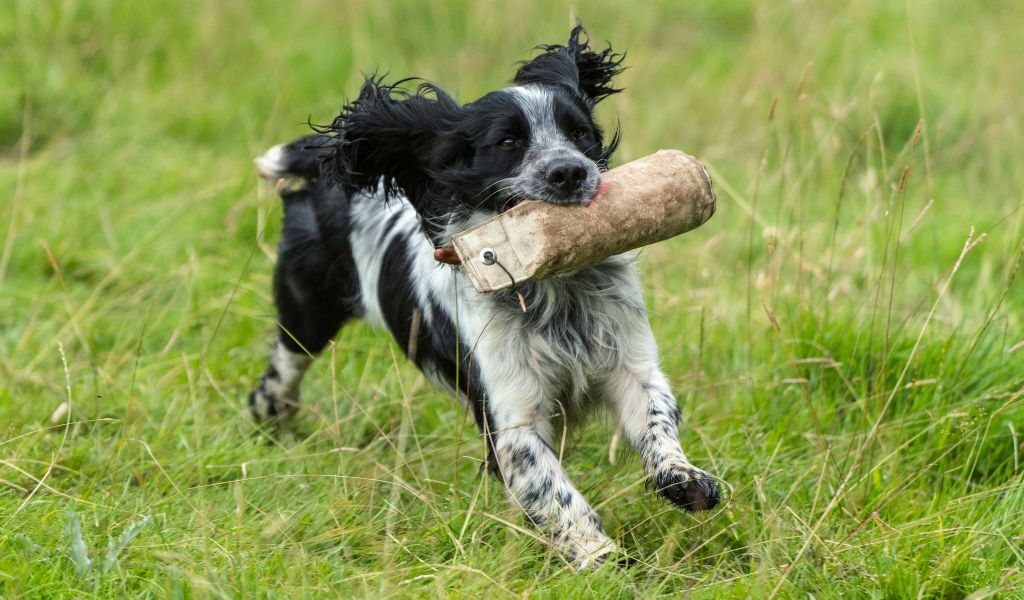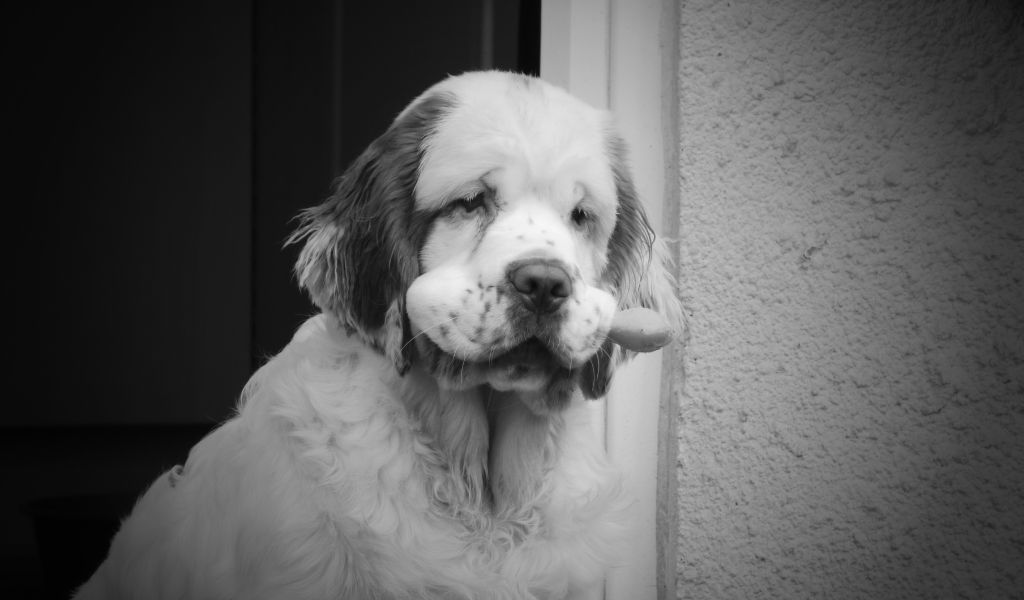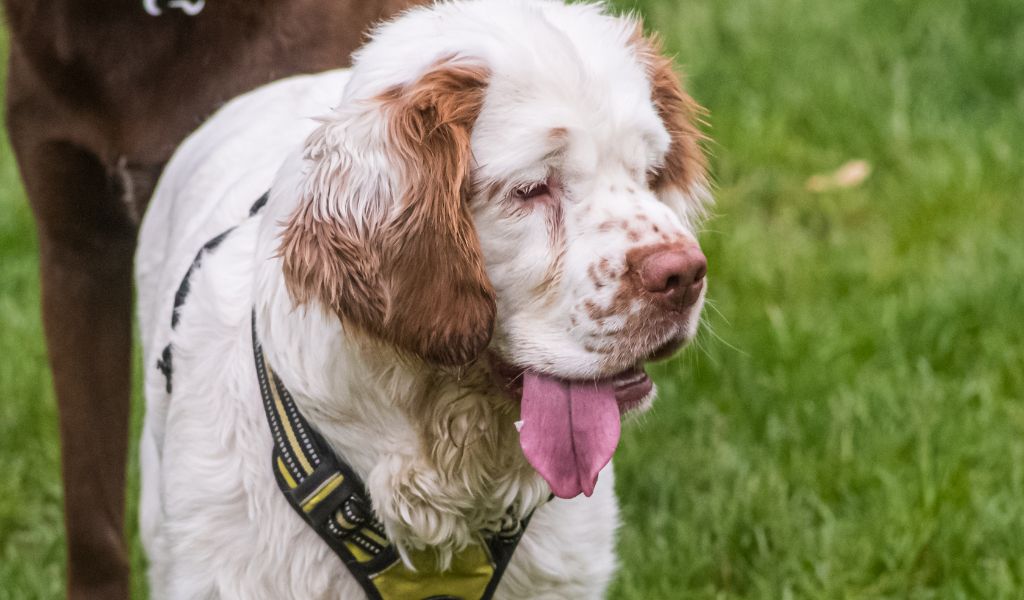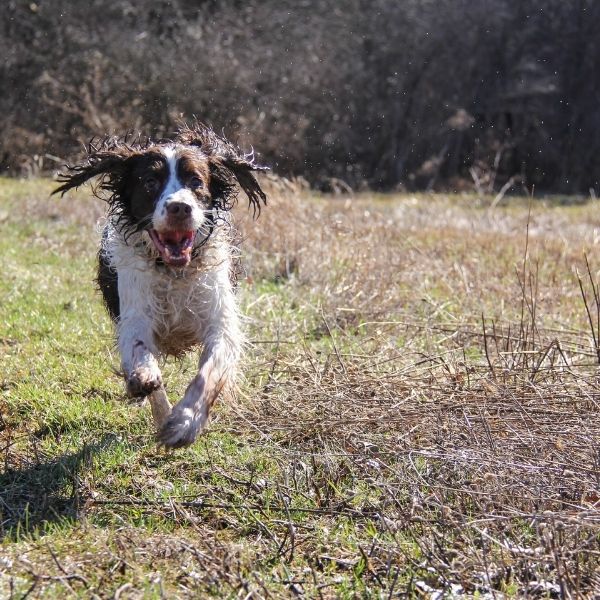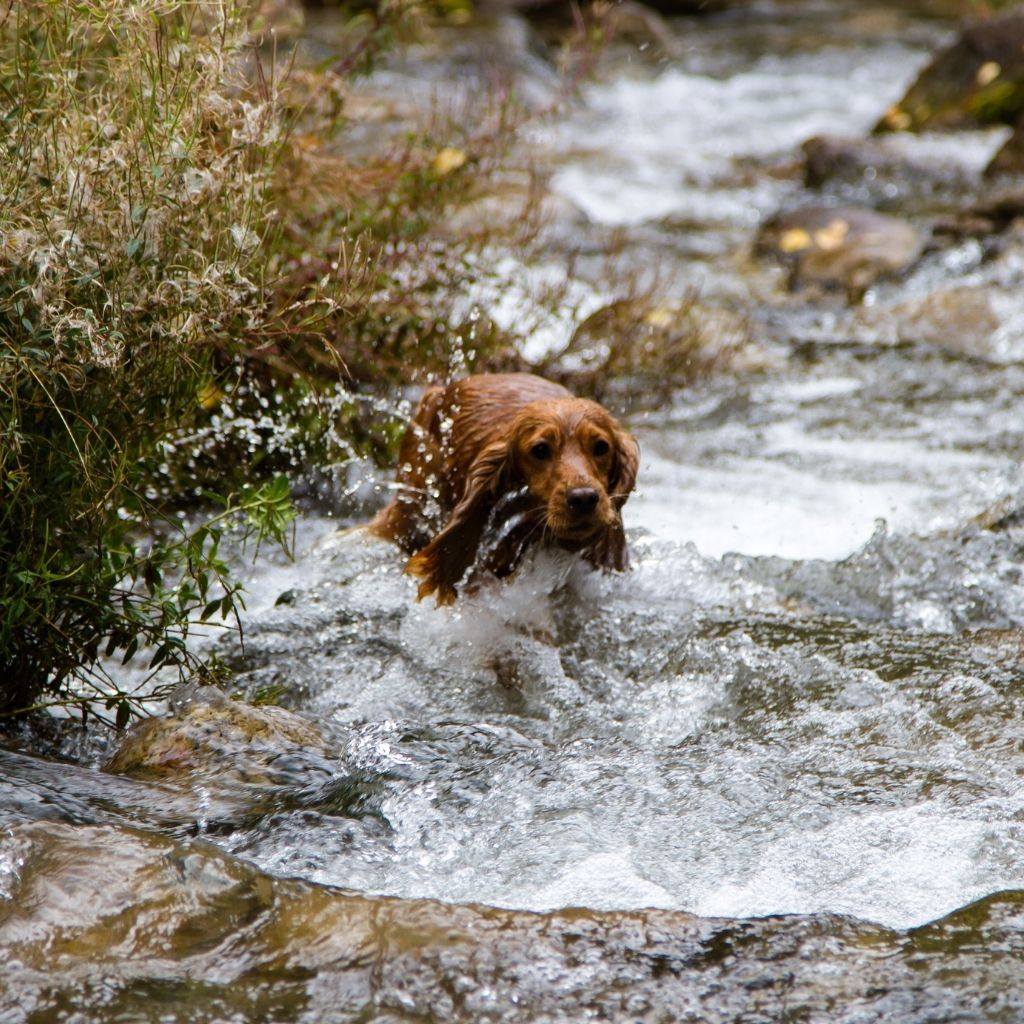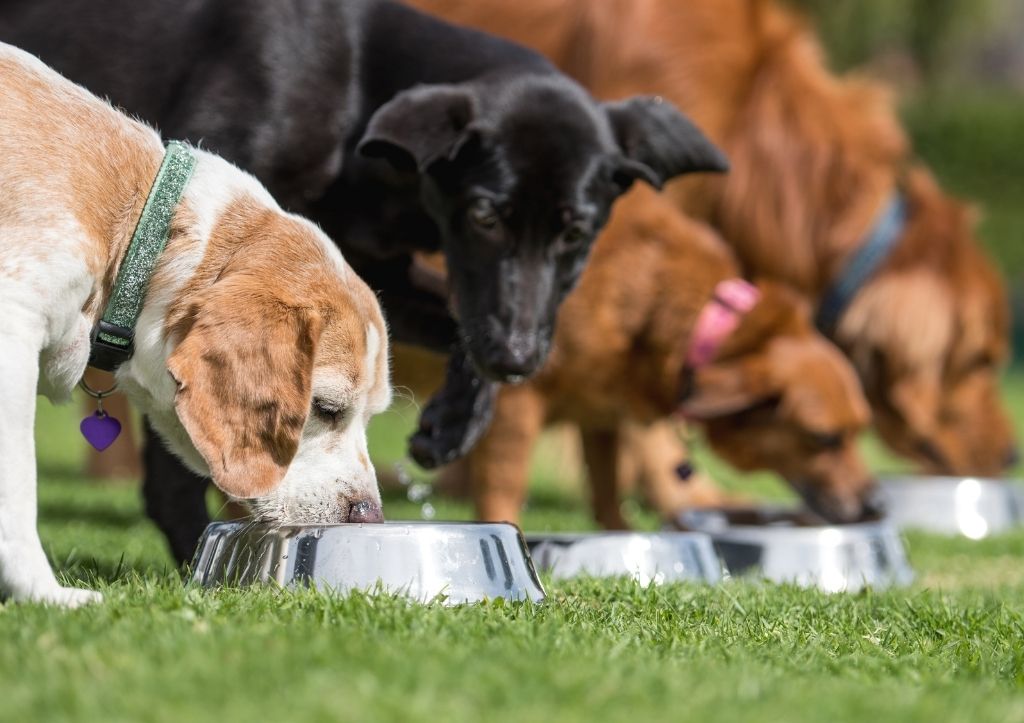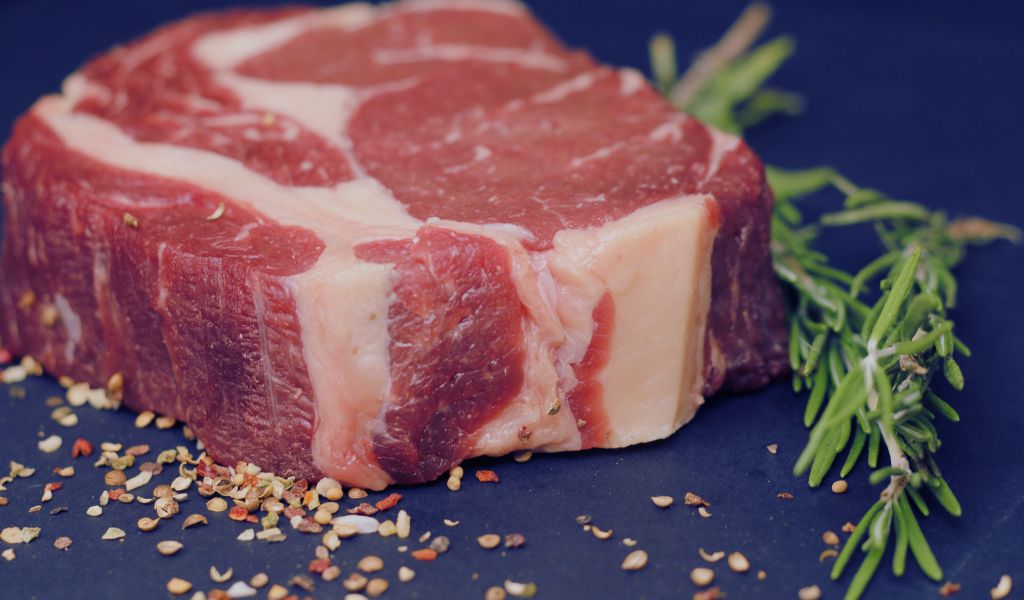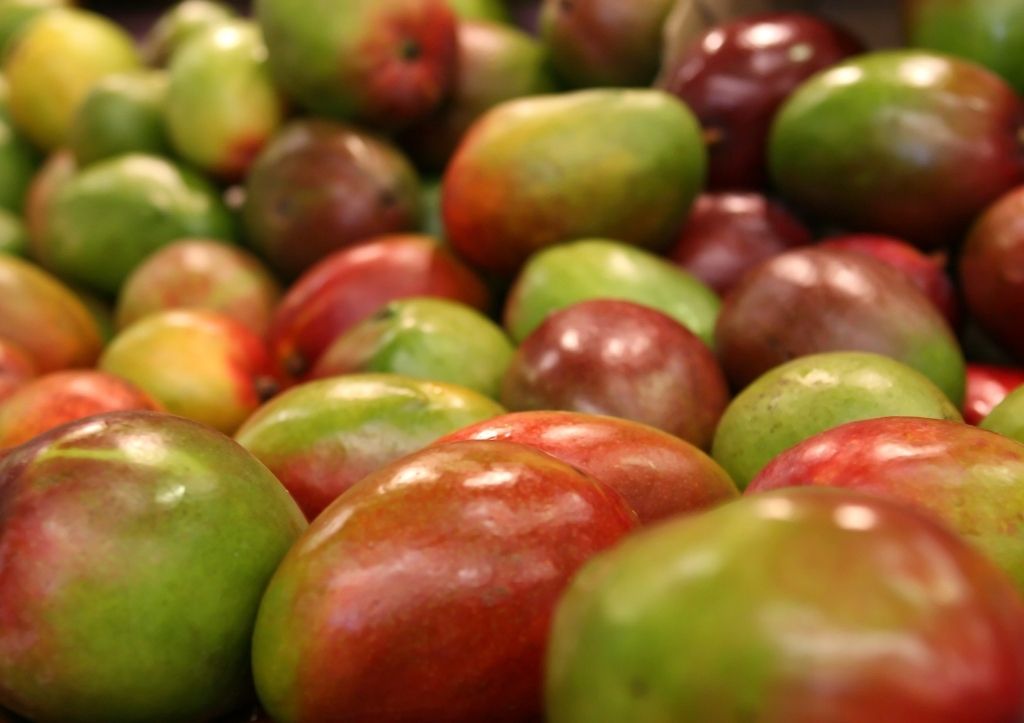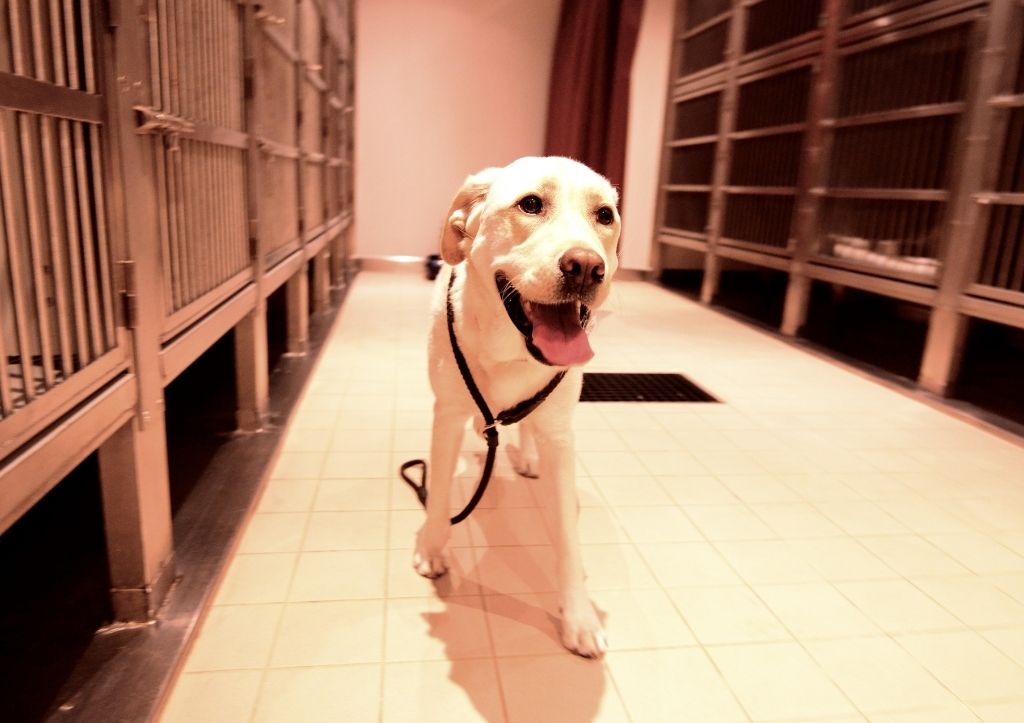They say that an elephant never forgets, but what about dogs?
How good is a dog’s memory?
If you ever had a dog, you know that they will probably recognize you even after staying away from them for a couple of days.
This is because dogs who stay away from their owners have well-developed senses of smell and hearing – both which are essential to identifying people by scent or sound
But, by the same token, it can be interesting when you leave the house for a few minutes and the dog is left inside.
When you return he will often greet you in a way that suggests that he hasn’t seen you in days.
This results in many dog owners wondering if their dog has a memory at all and if so, just how good is it?
Most dogs have a very short memory span and will forget events within about 2 minutes. However they have a strong ability to associate things to memory over a longer term, which is why they understand ‘walk’ and other exciting words.
How good is a dog’s memory?
The short term memory of dogs is around two minutes, this is for general things that don’t really matter and, in many respects is not that much different from many humans.
However, where humans tend to be able to process information and remember events, dogs are less capable of doing so and tend to associate experiences with their responses.
The works of Pavlov demonstrated an ability for dogs to associate actions with other events which could be attributed to some aspects of memory association.
In his work he would get an assistant to ring a bell before the dog received a meaty reward.
After exposure to this the dog would begin to anticipate the reward on the sight of the assistant before the bell was rung.
This type of behaviour is familiar to most dog owners and as any dog owner will testify their dogs seem great at associating some words such as ‘walk’ with the act of going for a walk.
Your dog uses associative memory to remember things that he encounters during his life.
This can be smells, sounds, tastes, events, people, places and more.
How does a dog develop his memory?
By associating things with outcomes.
A simple example would be:
You go to get your coat and pick up the dog lead while your dog watches you.
He becomes excited as he associates your actions with the exciting act of going for a walk, as, normally when you get your coat and his lead, this is what happens.
Or:
Your dog smells a rabbit and he picks up his pace – he’s seen these furry bundles in the past and knows that they run away and it’s great fun to chase them.
He associates the smell of the rabbit with the thrill of chasing them.
[amazon box=”B01075JA9Y” template=”horizontal”]
How association memory in dogs can help with training
Helping your dog to associate actions with rewards can significantly help with training.
For example my young Cocker spaniel Betty has quickly learned that when she is outside in the garden, if she comes when her name is called, she gets a treat.
She’ll even come in now of her own accord and sit down patiently, waiting for her treat – without even having been called indoors.
I only used a treat a handful of times when encouraging her inside and she now associates coming back promptly with the reward of a treat.
This may seem basic but it’s a good example of how dogs use positive associations to ‘remember’.
How association memory in dogs can lead to poor behaviour
Dogs’ association memories are not always beneficial and can lead to certain behavioural problems.
For example: If a dog has been attacked by another dog in the past, he may be fearful of other dogs when out walking.
Although this fear is natural and he won’t understand that most other dogs are friendly, he will associate other dogs with his painful experience.
He will also not be keen to go for walks in case he meets another dog.
Will a dog forget a person?
This is a common question often asked by guilt ridden, former dog owners who have got rid of their pet.
Typically a dog will forget after 2 to 3 years, providing that the dog has no contact with the person or anything connected to the person – particularly anything that carries that person’s smell.
Do dogs remember what they did wrong?
Dogs are driven by instincts which often conflict with the ideals that humans have about what is right and wrong.
For your dog there is no wrong, he doesn’t know, he’s a dog.
If your dog does something which, in your eyes, is wrong, then really it’s your fault for putting him in that position, your dog simply won’t understand and you should move on.
If you punish your dog then he won’t know why and you’ll just upset and confuse him – this is why positive associations are important to dog training and behaviour.
As an example:
You leave your steak out and the dog eats it. Eating the steak is a great positive reward for the dog because it tastes great.
You go mad as a result – does the dog remember that it was wrong?
Let’s try it – you leave another steak out. Chances are the dog will eat it again – he doesn’t remember that you went mad last time – his short term memory is only 2 minutes and, even if he did remember, do you think he’ll know that the reason you went nuts was because he ate your steak?
So, he’ll eat the steak again because it’s a great reward and it tastes so good.
Dogs don’t understand wrong. Move the steak out of his way.
What things can a dog remember?
Dogs can remember a huge range of things – as long as those things are associated with good experiences.
For example: In the same way that Betty remembers the exciting thrill of going for a walk when I get my shoes and coat, she also remembers other exciting events such as going to the beach or going on a car journey.
She remembers these things because she was introduced to them while associating them with positive experiences.
All dogs will have their own individual preferences depending on the type of life they’ve had and the types of activities that were regularly undertaken when they were young or in their adult life.
Do dogs remember people?
Yes. One area of memory association that dogs are really good at is that of scent.
Your dog’s sense of smell is infinitely more powerful than yours and your dog can discern that people smell differently – and he will remember people from their scent.
Although your dog will also identify you through sight, his prime recollection method is smell.
The longer a dog spends in the presence of people, the more opportunity he will have to associate the smells with that person and remember them in the future.
Do dogs remember other dogs?
Just as above dogs do remember other dogs.
My eldest spaniel Boris enjoys spending time with his black Labrador cousin Nell.
Even though Nell lives 2 hours away and Boris rarely sees her, whenever we say her name he becomes excited at the prospect of seeing her again so, I would say that dogs do remember other dogs.
Do dogs remember bad experiences?
Dogs forget a lot of things, especially negative events.
Provided the experience was not severe and it didn’t happen too often then a dog will most likely dismiss that memory as unimportant or irrelevant – depending on his temperament and personality type.
Can you teach an old dog new tricks?
The answer to this question, in my opinion, is yes.
It might take a little longer for an old dog to learn new tricks simply because he’s older and his attention span will probably be shorter but I believe that with positive reward techniques any dog can be taught anything.
Does fear affect a dog’s memory?
Yes it does – fear definitely effects the memory.
If a dog experiences something which makes him very nervous, anxious or frightened then he will remember it.
This is why you need to be careful of taking your dog anywhere where there are things which may make him scared – even if they don’t actually scare him on that particular day.
Final Words
Your dog sees things differently to you and his experience of the world and memories of it are formed from associations and his instincts and senses.
Although he can remember he does not have the same ability as you to think, understand and remember things in abstract ways.
Always remember that he is a dog and he has some limitations and, if he ‘forgets’ then, is it really that important?

